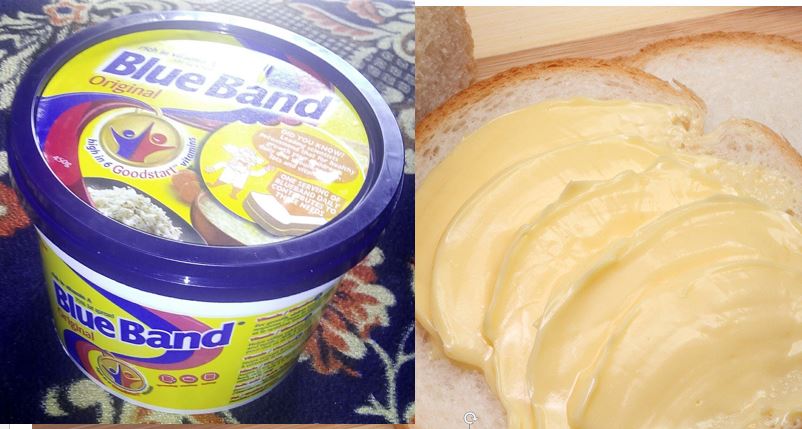The Consumer Protection Council has addressed controversies surrounding the safety of Blue Band spread, saying that its inability to melt under heat does not make it or any other spread unsafe for consumption.
The regulatory body was reacting to a short demonstration video currently trending on social media showing how Blue Band Spread for Bread, a product of Unilever Nigeria Plc, reacts under certain heat conditions.
The CPC, in a statement on Sunday, observed that the video, or the impression it conveyed, had become the subject of anxiety and intense controversy as it suggested that the product was unsafe, because it did not melt or dissolve when subjected to high temperature in boiling water.
The CPC, however, corrected this impression, noting in the statement signed by its Director-General, Mr. Babatunde Irukera, that available scientific information confirmed that though butter, margarine and spread appeared analogous and shared similar components, characteristics and uses, they were different products available to consumers.
Irukera stated, “Butter and margarine share a particular similar characteristic – low resistance to heat. As such, both are likely to melt when subjected to certain levels of heat. Spreads, however, have varying heat resistance, depending on intended use and production process. As a result, it is not necessarily unsafe that a spread does not melt under similar heat conditions as butter, or margarine.”
“Spreads are produced in part by adding emulsifiers, which are additives used in stabilising and binding processed foods. They are not inherently unsafe or uncommon. The specific emulsifying agent and amount used largely depend on many factors, including shelf life, storage, handling and climatic conditions in order to prevent microbial activity.”
He added that the manufacturer had sought to explain the differences in the content of the product and allay fears of its safety, while the CPC had gone ahead to open an inquiry to determine the safety of the Blue Band spread and clarify some aspects of the manufacturer’s statements.





















